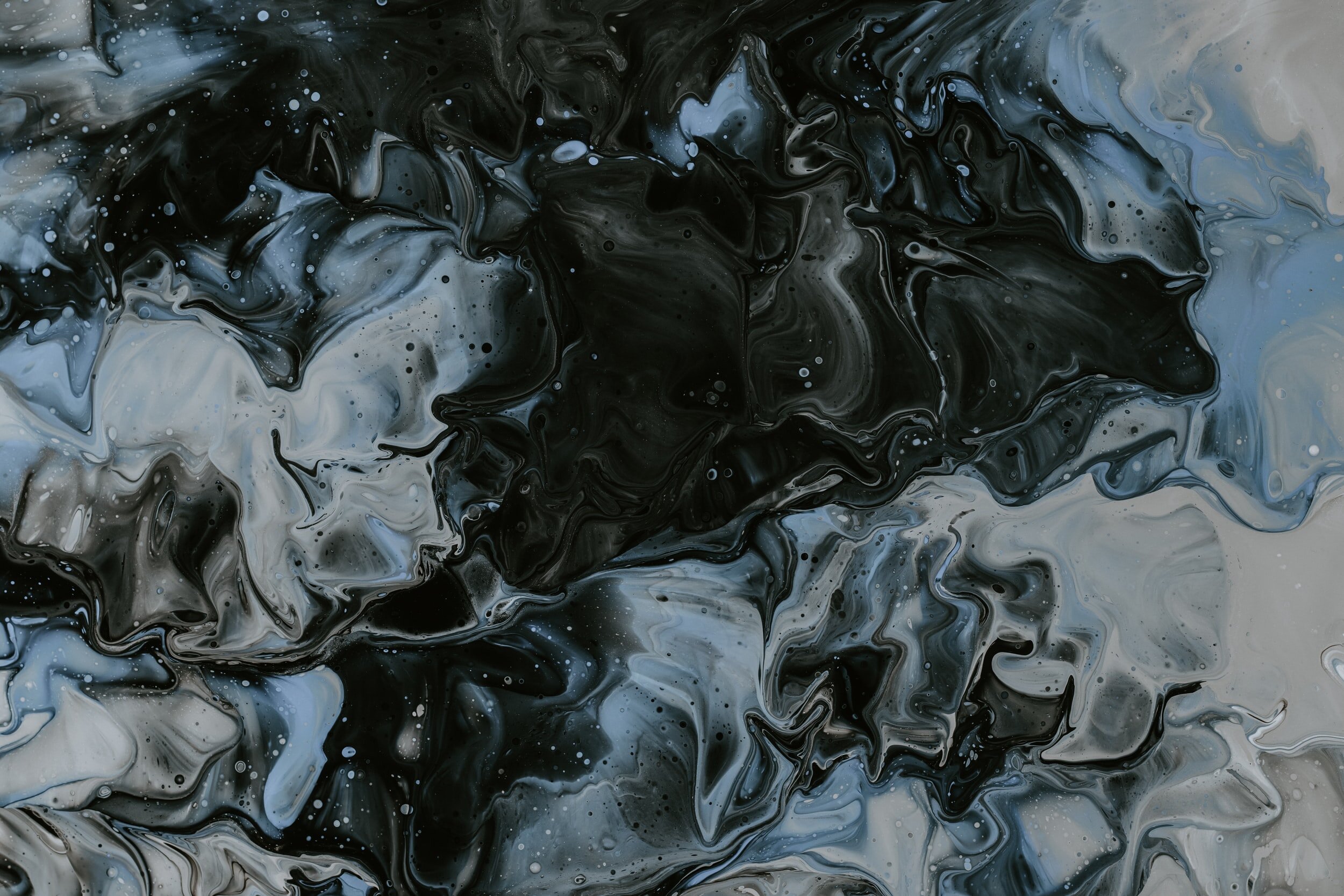Claudia O'Steen
Claudia O'Steen is an artist based in Rock Hill, South Carolina, USA.
Claudia O'Steen is one of ArtConnect’s Artists to Watch '21.
Claudia O'Steen's work points to a never-ending process, a series of attempts to measure an infinite line, to chart the color of the sky, to capture the single point where a shift occurs in a limitless expanse. She uses sculpture as a tool for observation and perception by creating instruments and devices that capture and translate transitional moments, returning information distorted, amplified, and transformed. Using these devices, she attempts to orient herself by examining place via the lens of personal experience and primary observation, often selecting points that are ultimately impossible to calibrate against. Failure, error, and disorientation are all important means to understanding her circuitous process of discovery. Through her collaborative, research-based practice, O'Steen examines navigation, exploration, perception, and failure. She creates languages to convey distance, scale, and direction, and creates landscapes supplemented by scientific curiosity and human memory.
“Claudia O’Steen takes on a role of a restless explorer overwhelmingly enchanted by the mystery of the world. She approaches once familiar landscapes as enigmatic and inviting for investigation. Enchanted by the natural science and the plentitude of its devices and methods for the dialogues with the unknown, she borrows them without asking for her own very special research: to explore variations of the arctic sky color, to measure an infinite line, or to investigate the state of being in between. There is a feeling that somewhere in the drop of the arctic water or in the clouds of winter sky there is a very special message addressed personally to her that she needs to find and decipher.”
ArtConnect asked the winning artists to share with us a glimpse into their creative life to get a sense of their personal inspiration and artistic process.
How did you get started as an artist?
I have been making art for as long as I can remember. The moment that I found the confidence and voice to actually call myself an artist was as a student at Watkins College of Art. I was encouraged to share my ideas and aesthetic interests with many of the teachers who helped to expand my technical skill and develop my artistic methodology. Their input during my research and development was invaluable and made me aware of ideas and materials that were just outside my periphery but within my sphere of interest.
How would you describe your artistic approach?
My research-based practice is very interdisciplinary and frequently collaborative, and integrates fieldwork, sculpture, digital media, drawing, video, and performance. I have both an independent practice and a collaborative practice with Aly Ogasian. Throughout my artistic career, I have worked directly with scientists, engineers, environmentalists and researchers. My work is inspired by and borrows from the history of science, technology and observation as a way to understand my relationship with the changing landscape. I develop systems, processes, and tools to understand something, and then I repeat that process over and over. I then examine the failures, abnormalities, or anomalies within that process.
Claudia O'Steen working on a project
And how about what inspires you?
I am interested in the relationships between time and measure, and in the way that our experiences within a place warp and realign these relationships. I develop tools to document my activities and my efforts at understanding the changing landscape, to isolate mistakes and record failures, and to reveal phenomena. Seeing, counting, and measuring are ways of understanding; creating tools to record and quantify these measurements allows me to understand them in relation to myself.
What are the biggest challenges you’ve faced as an artist?
The biggest challenge that I have faced as an artist is finding the right balance between life, work, and studio practice. It’s difficult to work full-time as an art professor and also make time for my own practice.
Claudia O'Steen at her studio
Describe a typical day in the studio/wherever you make your work.
Because my work is often site-specific, projects usually unfold in phases. I conduct research in my studio, visit a site to conduct in-depth field work, and then return back to the studio to reflect on the relationship between the two. This is where I begin to experiment with a variety of media and materials. During this phase of production, I often create sculptures that are then taken back out into the landscape. The process is very cyclical.
Is there a medium, a process, or a technique that you haven't used in your work yet but would like to try out?
I really want to learn metal casting.
What are you currently working on? Or an upcoming project you want to mention?
Keweenaw Observing Station is a collaborative work with Aly Ogasian. The work began as a site-specific installation + performance on Rabbit Island, Lake Superior, MI. In this work, sculptures double as instruments that are precariously positioned in cracks and crevices in the rocky shoreline, measuring the weather conditions of the island on a micro-scale. The work uses wind, light, color, and waves to visualize patterns that are ephemeral and imperceptible. They serve as a poetic annotation to the daily NOAA weather reports.
How does it feel to be selected as an ArtConnect Artist to Watch?
I am grateful for this opportunity and excited to be part of the ArtConnect community!
Anything else you want to add?
Make sure to also take a look at my collaborator’s profile Aly Ogasian
See more of Claudia’s work

Discover Contemporary Art
ArtConnect is the leading destination to discover emerging contemporary artists worldwide.








